| Structure | Name/CAS No. | Articles |
|---|---|---|
 |
sodium dodecyl sulfate
CAS:151-21-3 |
|
 |
Ascorbic acid
CAS:50-81-7 |
|
 |
L-(+)-Lysine monohydrochloride
CAS:657-27-2 |
|
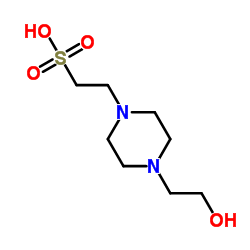 |
HEPES
CAS:7365-45-9 |
|
 |
Hydrocortisone
CAS:50-23-7 |
|
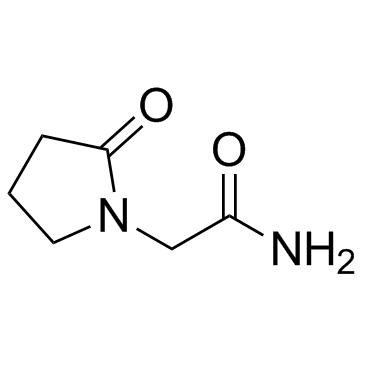 |
Piracetam
CAS:7491-74-9 |
|
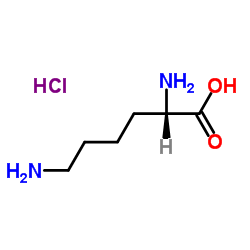 |
L-Lysine hydrochloride
CAS:10098-89-2 |
|
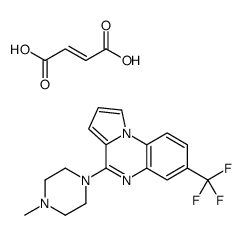 |
CGS-12066 maleate
CAS:1350965-83-1 |
|
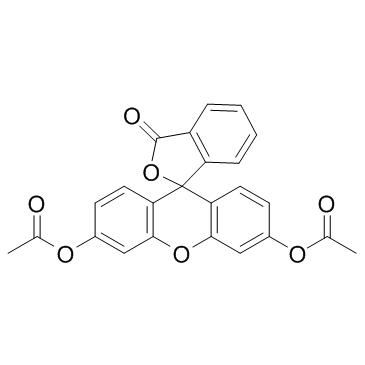 |
Fluorescein Diacetate
CAS:596-09-8 |
|
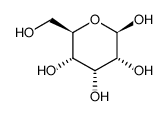 |
Beta-D-allose
CAS:7283-09-2 |